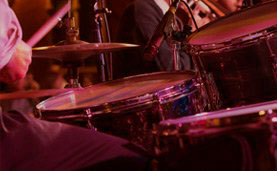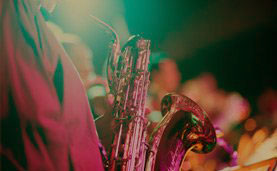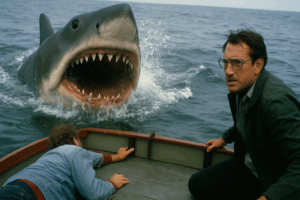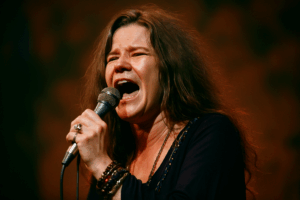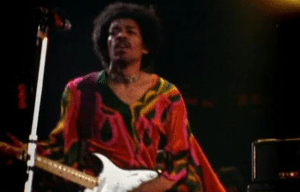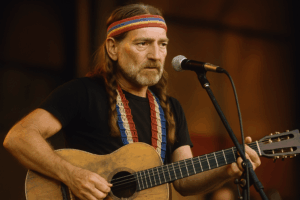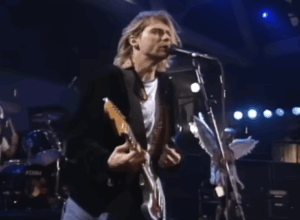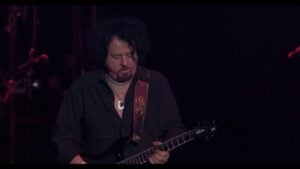Watch Frank Zappa’s Awkward Appearance on Andy Warhol’s Talk Show
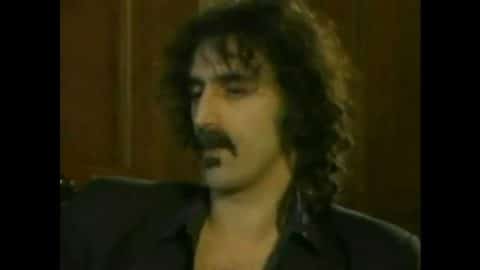
via @tomtiddler1 / YouTube
By 1979, Andy Warhol had extended his artistic reach from canvases and galleries into television, hosting a lo-fi cable show on Manhattan Public Access. The format was loose, the aesthetic unmistakably Warholian—static camera angles, awkward silences, and guests that ranged from underground icons to mainstream curiosities. It wasn’t a polished talk show, but that was the point.
Warhol, never known for his public speaking, often let his guests do the heavy lifting while he sat beside them, nodding and mumbling comments that hovered between cryptic and uninterested. Sometimes it worked. Sometimes it didn’t. But it always felt like an extension of his pop art ethos—turning even dead air into a kind of spectacle.
Over 42 episodes, the show blurred the lines between interview and performance art. When Frank Zappa was invited in 1983, the producers likely expected a memorable clash of creative minds. What they got instead was an almost uncomfortable study in how two icons can completely miss each other’s frequency.
View this post on Instagram
The Interview That Never Quite Happened
The episode featuring Zappa took place inside the boardroom of The Factory, Warhol’s legendary studio space in New York. Surrounded by cameras, assistants, and the buzz of New York’s art scene, the setting felt iconic—but the energy in the room was anything but electric. Zappa looked guarded. Warhol looked vacant. The silence often said more than the questions.
Richard Berlin, a frequent collaborator of Warhol’s, did most of the talking. He directed questions at Zappa while Warhol occasionally chimed in with single-sentence remarks or stared blankly at the musician. The visual was almost surreal: one of the most outspoken musicians of the era being interviewed by an art legend who barely spoke.
Zappa’s responses were brief and sometimes defensive. He wasn’t there to entertain or indulge in surface-level small talk, and he made that clear. Warhol, meanwhile, didn’t press or push back—he simply watched, offering his trademark mix of detached curiosity and deadpan amusement.
View this post on Instagram
Zappa’s Energy vs. Warhol’s Aura
By the early ’80s, Zappa had developed a deep skepticism toward institutions, media, and the general state of culture. He was sharp, sometimes abrasive, and rarely softened his critiques. Warhol, in contrast, remained fascinated by pop culture and fame, approaching the world with a kind of stylized detachment that Zappa likely found hollow.
This difference in worldview was the root of the tension. Zappa was interested in truth, confrontation, and commentary. Warhol preferred to observe and absorb. It wasn’t that one was right and the other wrong—it’s just that their communication styles didn’t overlap. At all.
Even visually, the two couldn’t have looked more out of sync. Zappa slouched in his chair, clearly unimpressed, while Warhol sat upright, seemingly amused by the discomfort around him. Watching them side by side felt like witnessing two different philosophies of art awkwardly try to co-exist for fifteen minutes.
View this post on Instagram
The Art of Awkward Silence
What made the interview so strange wasn’t a lack of drama—it was the absence of anything at all. There were no heated debates or wild tangents. Just a persistent awkwardness that grew heavier with each passing minute. And yet, that’s what makes it worth revisiting.
In its own strange way, the clip is a perfect artifact of its time: Warhol representing an era of curated pop mystique, Zappa representing a hard-edged pushback against artifice. Neither budged. And as a result, the footage captures a weird kind of honesty—two legends unwilling to perform for each other.
It may not be a great interview by traditional standards, but it’s unforgettable precisely because it doesn’t work. It’s uncomfortable, confusing, and maybe even a little brilliant. Watch it for what it is: not a meeting of the minds, but a moment where two very different worlds politely collided, then drifted apart.


